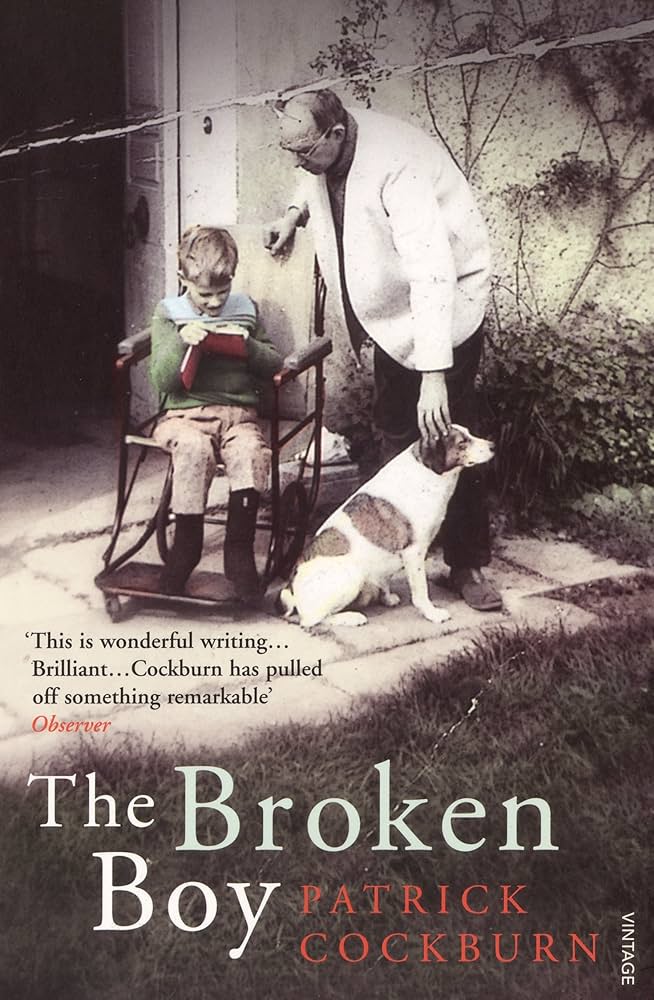In 2005, I published a memoir about the epidemic as I experienced it called The Broken Boy. I described my experiences in the context of my family and of Ireland in the 1950s. The title was something of a misnomer, since I felt singularly unbroken, but it did at least tell the reader that the book was about the suffering of a small child.
I am glad I researched and wrote the book when I did, because many of the best-informed witnesses died soon after its publication. Much of the text made gloomy reading, but it ended on an upbeat note. At the end of the final chapter, I had written dismissively of the last prophetic line in Albert Camus’s novel The Plague, in which he wrote that “perhaps the day would come when, for the bane and the enlightening of men, it would rouse up its rats again and send them forth to die in a happy city.” I found this a bit portentous and out-of-date, writing that polio might have been among the last of the life-threatening plagues, such as leprosy, cholera, tuberculosis, typhus, measles, malaria, and yellow fever, to be eliminated or brought under control during the 20th century. That turned out to be overoptimistic.
Polio epidemics had a surprisingly short career: less than 70 years between the end of natural immunity and the widespread use of the Salk vaccine. It was a story with a seemingly happy ending—and this was the topic of my original book. Few people realized—certainly I didn’t—that if polio epidemics were a product of modernity and not of backwardness, then the way might be open for other epidemics of equal or greater severity to appear.
I was surprised but not very alarmed when Covid-19 was identified in Wuhan at the end of 2019, because previous coronavirus outbreaks, such as SARS 1 and MERS, had not spread far and had been suppressed. As more information about the virus emerged in the early months of 2020, it struck me that in some respects the pandemic more resembled a polio epidemic on a world scale than the 1918-19 Spanish flu outbreak to which it was often compared. Covid-19 and poliomyelitis (to give it its full name) are alike in being highly infectious—and because most of those infected have few if any symptoms and swiftly recover. But they become carriers all the same, infecting others, some of whom may belong to the unlucky 1 or 2 percent—there is great dispute about the fatality rate among victims of Covid-19—who will feel the virus’s full destructive impact.
